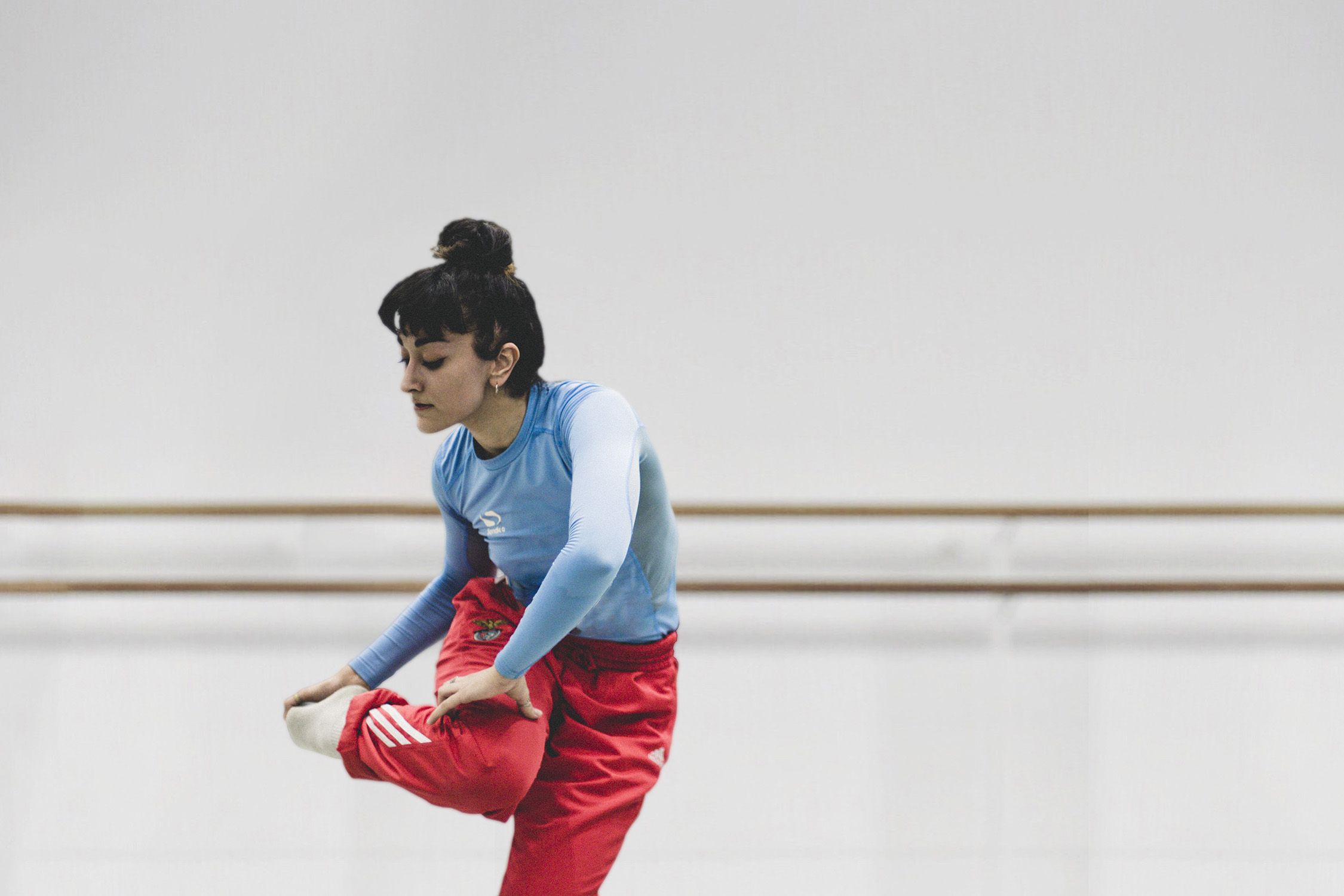What is Contemporary Dance?

What’s Contemporary?
“Contemporary” can sound like a slippery word. By definition, it means of the moment, so what’s considered contemporary dance today might not be contemporary tomorrow. It’s not fixed, and that’s the beauty of it. The question “What is contemporary?” invites us to reflect on the now: What ideas are we challenging? What traditions are we reshaping? Who gets to define what dance is or isn’t?
The short answer is that no one has the final say. And we think that’s a good thing.
If you’re curious, the following video by The Place does a beautiful job of exploring that open-endedness.
But for our classes and workshops on Rambert Plus, when we say contemporary dance, here’s what we mean:
Contemporary Dance: Defined (Lightly)
Unlike traditional dance styles that follow strict structures, contemporary dance is all about fluidity, improvisation, and self-expression. It emerged in the mid-20th century, blending elements from ballet, modern dance, jazz, and beyond — but it refuses to be pinned down by any one of them.
This is dance as exploration — of movement, feeling, space, and self.
Key features of contemporary dance include:
- Freedom of Movement:
No rigid rules here. You’re encouraged to find your own movement vocabulary — to move in ways that feel natural, curious, and even weird (in a good way).
- Emotional Expression:
Contemporary dance often reflects emotion, stories, or abstract ideas. It’s less about perfect lines and more about what you’re trying to say through the body.
- Connection to Music (and Silence):
Music matters, but so does silence. Breathing, rhythm, pauses — they all become part of the movement.
- Floor Work:
Forget staying upright. In contemporary dance, the floor is your partner. It’s where a lot of movement begins, ends, or transitions through.

Ready to give it a go at home?
If you’re new to contemporary dance, these basic contemporary dance moves will help you get started. No experience needed — just curiosity and a bit of space.
Release and Contraction:
- Stand with your feet hip-width apart.
- Breathe deeply, allowing your torso to expand (this is the release).
- Exhale and curl inward, hugging your arms to your chest and rounding your back (this is the contraction).
- Repeat several times to explore the rhythm of your breath.
Spirals:
- Stand upright with your arms relaxed.
- Twist your upper body gently to one side, allowing your arms to follow.
- Let your torso initiate the movement while your head and arms naturally spiral after.
- This movement is great for warming up and loosening your spine.
Undulation:
- Start with your feet apart and knees slightly bent.
- Initiate movement by rolling your head forward, then through your chest, ribs, and hips in a continuous wave-like motion.
- This flowing movement builds flexibility and body awareness.
Grounded Swings:
- Begin with your feet planted and knees soft.
- Swing your arms from side to side, allowing your torso to follow.
- Maintain a relaxed posture to create fluid, sweeping motions.
Leap and Suspend:
- Start in a crouched position.
- Push off the ground with energy, leaping upward and reaching your arms high.
- Land softly, bending your knees to absorb the impact.
Ready to groove? Here are some final tips for practicing at home:
- Clear some space to move freely and safely – it doesn’t have to be big.
- Try moving to soft, instrumental music, or even in silence. See how they feel differently to you.
- Don’t worry about precision; focus on expressing yourself through movement.
- Incorporate breathing exercises to connect mind and body.
Conclusion
Contemporary dance is an invitation — not to get it “right,” but to get into your body, challenge habits, and explore what movement can mean for you.
We’re not here to tell you how it should look.
We’re here to help you ask: What does dance feel like today?
Let’s move together on Rambert Plus.